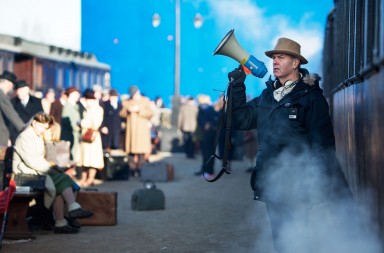A must see in Oslo is the Vigeland Sculpture Park. It has an amazing outlay of sculptures from the artist Gustav Vigeland, and you’ll get the best of Norwegians’ huge appreciation of park life. But beware, some of them tend to get quite close to the nakedness Vigeland is famous for.
This time of year the locals will be flooding the Vigeland park. After a long winter, social life is moved outdoors. Appreciating the warm weather, they will have picnics, family gatherings, dates, do sports activities with their friends, play with their kids and celebrate life. Apart from enjoying the art, there are only two things you should be aware of if you’re not native: the risk of having almost encountered speeding rollerbladers, and if you are prudish, the risk of seeing people quite sparsely clothed, as in only lower parts of bodies covered. This is not at all a nudist park, but the true nakedness of man, emotion and life is the theme in Vigeland’s work.
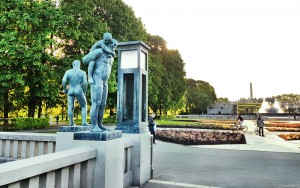
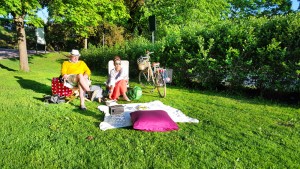
Come to the park and have a picnic there with your friends. What can be better?
The Biggest Sculpture Park in the World
The park is beautifully laid out with more than 200 sculptures and wide open spaces in the middle of the city. It is visited by more than 1 million people each year who want to experience art, a tranquil environment and meet locals with that Oslo-vibe. The creation of Gustav Vigeland’s huge installation took place in the years 1939–1949, and it is the biggest sculpture park in the world created by one single artist.
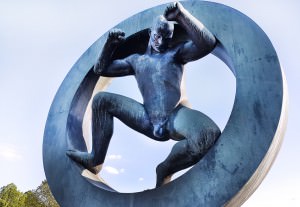
The Nakedness of Mankind
Vigeland created some controversy with his naturalistic approach. His work is portraying the nakedness of mankind: not only in the perspective of them actually being naked, but also their soul; joy, fear, anger, happiness, sorrow, hardship, and lust. His total nakedness gives an insight into the lives of people, and is inspiring for every visitor—there are sculptures showing emotions or phases of life that everyone can relate to.
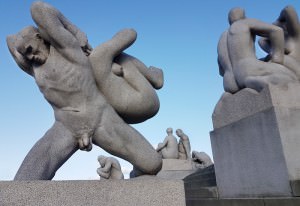
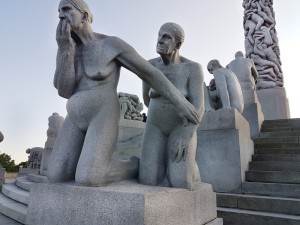
The Monolith
“The Monolith” is the landmark of the park. 17 meters high and made from one single rock, it shows 121 individuals, all with their different expressions. You can almost feel their emotions looking at them. Some say this reflects Vigeland’s melancholy and his need to dwell on the circle of life, others see it as a wish to stretch up to something divine, a higher force or meaning. Whatever his intention, it is a beautiful monument one could spend hours watching. The same theme, how people are bound together, by life, birth, families, death, and mutual dependency can be seen in the sculpture “Circle of Life”.
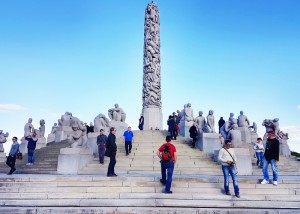
The Fountain
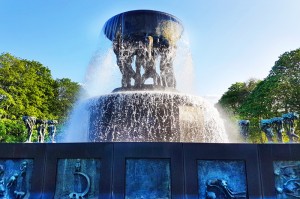
“The Fountain” was originally designed to be placed in front of the Norwegian Storting (Norwegian Parliament), but instead, it was one of the first projects in the park. It shows six men with a heavy burden, carrying water, with trees on the side, again representing life, the different stages of life, youth, middle age and old age.
Edvard Munch was a friend of Gustav Vigeland. The painting “The Girls on the bridge” also expresses the cycle of life and some have pointed out the resemblance between Vigeland’s sculpture “Fear” and the famous painting “The Scream” by Munch. They might have shared some thoughts on their travels.
The Angry Boy
“The Angry Boy” is one of the most popular, appreciated, and photographed sculptures in the park. Some years ago someone actually stole him, but luckily he was returned and can be appreciated and bring on a smile near the entrance to the rest of the park.
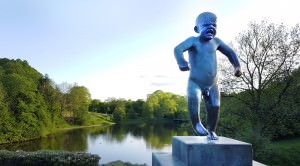
Photos: Dina Johnsen / Text: Akif Rashid, Trine Johnsen

